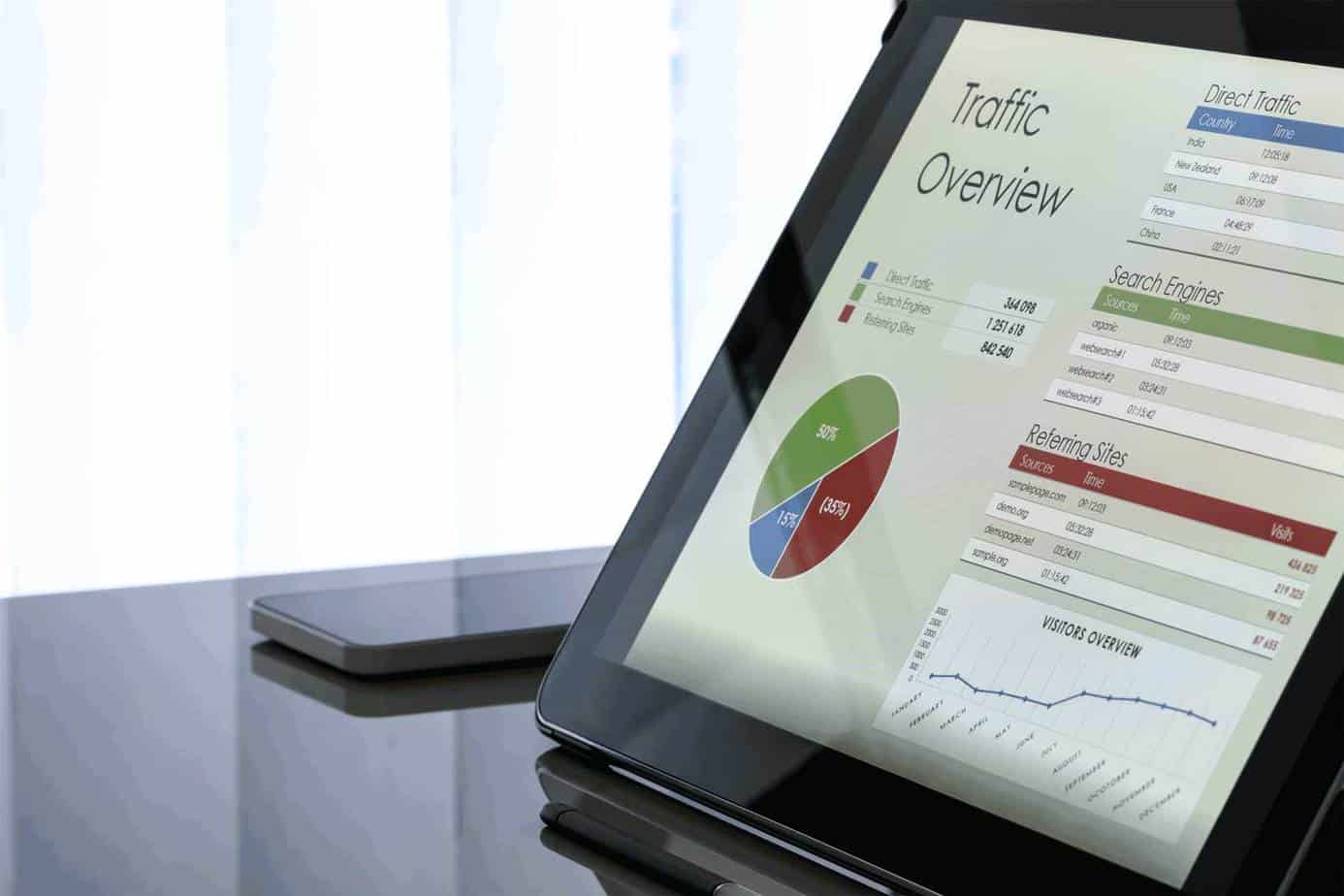Last November we detailed all the upcoming AdWords changes that were expected in 2017. With 2018 right around the corner, we wanted to offer a recap of the AdWords changes that took place in late 2017 as well as explore the updates anticipated for the New Year.
AdWords 2017 Recap
Since our last AdWords blog, there have been additional changes that were made to the platform.
Showcase Shopping ads
A Showcase Shopping ad is a type of advertisement that appears when a Google search user performs a search regarding something they want to shop for with a general term like “furniture” or “dresses.” These ads will then show relevant products alongside
lifestyle
images that you can select to represent your business or brand. When a search user clicks a Showcase Shopping ad, it expands and displays products that are most relevant to the user’s search terms. These ads are intended to help users discover products they might be interested in. This feature allows you to present search users with a variety of different products that fall within the category for which they searched.Google charges you when a user expands your ad and either spends 10 seconds reviewing your products or clicks on one of the products shown.
Universal App campaigns (UAC)
For those of you marketing an app, Google will be phasing out its AdWords App Install campaigns in favor of Universal App campaigns (UAC). All AdWords app install campaigns are currently in the process of being moved to UAC and will fully make the transition before the end of the month. (Existing Search, Display, and YouTube app promo campaigns are due to stop running in their current forms on November 15, 2017.) The main difference between these two tools is customizability. AdWords App Install campaigns give the marketer greater control over what the ad looks like and how to target it. UAC requires less specification from the marketer. You only have to provide a bit of text, a starting bid and budget, and the languages and locations for your ads. UAC then automatically tests different combinations for you and displays the ads that are performing the best more often. Ads are shown on Google Search, Google Play, YouTube, and Google Display Network. Bidding takes place on a cost-per-conversion basis, with conversions either being an app download or an in-app action that you specify.
New Merchant Center tools
For those of you selling merchandise via Adwords’ Google Merchant Center, AdWords has rolled out new feed experiences as well as Opportunities just in time for the 2017 holiday season. Previously, AdWords users could only submit product data in one primary feed. While all of your products still need to be added via the primary feed, supplemental feeds allow users to supplement the product data in the primary feed with additional information. Google has also added a new section to its Merchant Center called “Opportunities”. Opportunities provide suggestions for improving your feed and campaigns. For example, this section may indicate that there is missing product identification information or mismatches in pricing. Google may also make recommendations as to whether bids should be raised or lowered.
“Landing Pages” page
At Google Marketing Next, Google introduced the “Landing Pages” page to help users see how their landing pages are performing. This feature was rolled out in the new AdWords experience. These pages show which URLs in a user’s account are mobile-friendly, which ones are driving the most sales, and which may require attention.
AdWords 2018 Updates
AdWords started implementing these changes and updates this year and will likely continue to introduce and refine them into 2018.
Parallel Tracking
One problem that users on slower networks experience with tracked pages is that, when they click on an add, the tracking features delay the loading and display of the landing page. This can have a significant impact on conversions. Even a one-second delay can decrease your conversation rate on mobile by 20%. Google introduced Parallel Tracking as a solution to this problem. Parallel Tracking immediately directs users to landing pages after they click an ad while their browser is processing URL tracking requests in the background. This helps users on slower networks reach landing pages up to several seconds faster, which means visitors can reach your website and engage with it sooner.
“Days to Conversion” metric
Google rolled out another feature with its new AdWords UI (though it can be applied to both the regular and new AdWords experience)— the “Days to Conversion” metric. This extremely useful feature shows users roughly how long it will take an ad to convert. Not every ad results in an immediate conversion, but that doesn’t mean ads won’t lead to an eventual conversion either. The “Days to Conversion” metric allows you to track how long a conversion will take. This feature estimates how many days you can expect to wait between an initial click and the eventual conversion based on prior campaign performance. The metric provides you information that allows you to make an educated decision when to show patience with an ad and when to throw in the towel.
Marketing pros who use AdWords know it is constantly evolving and changing to provide a better user experience. These changes can sometimes be hard to keep up with, however, our yearly AdWords update recap is here to help.
